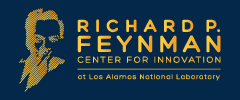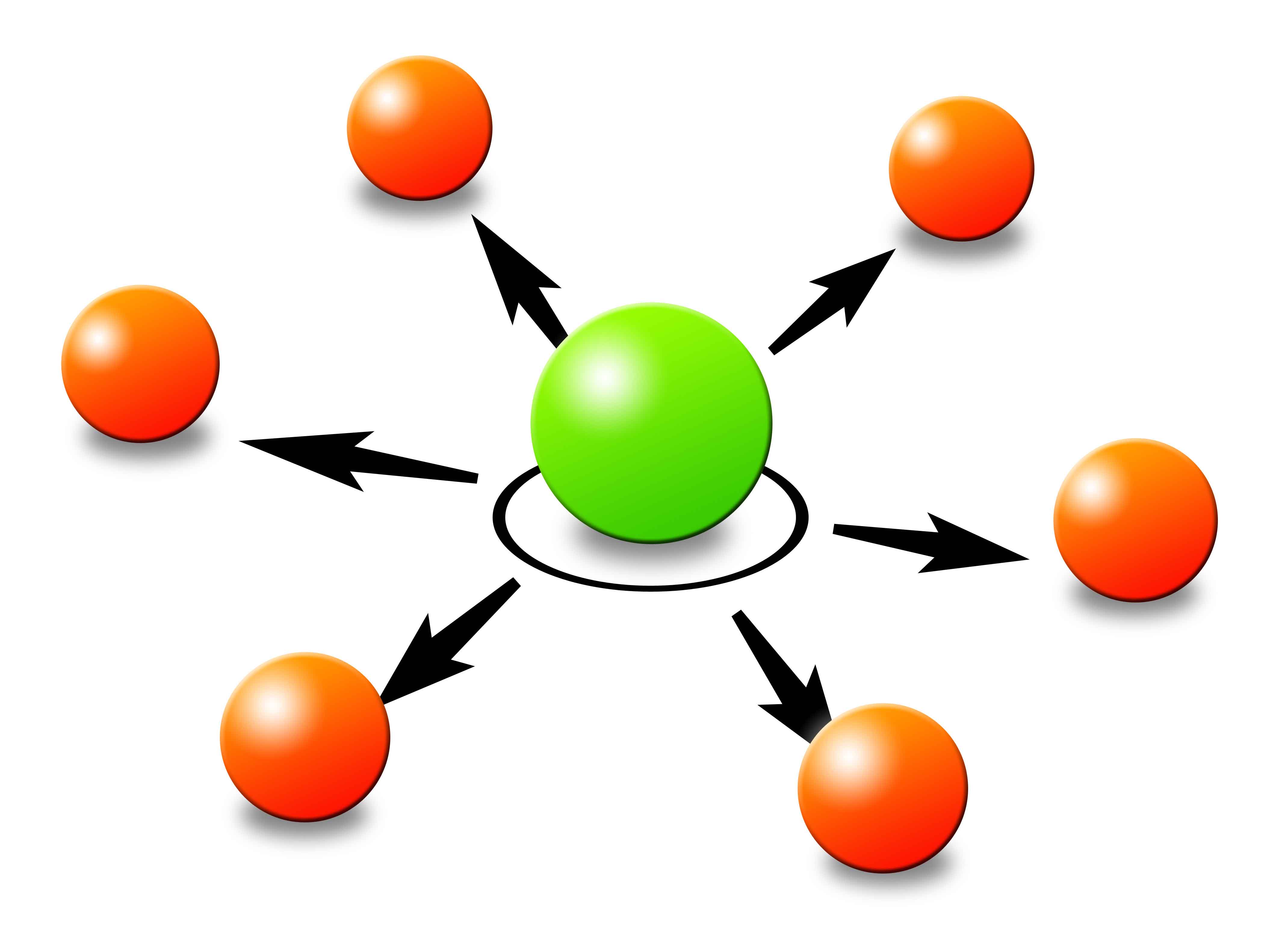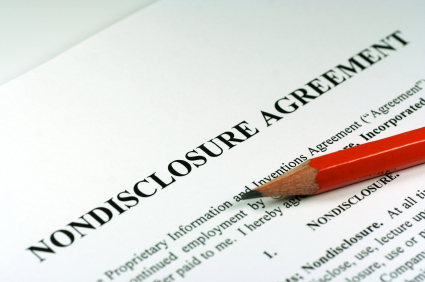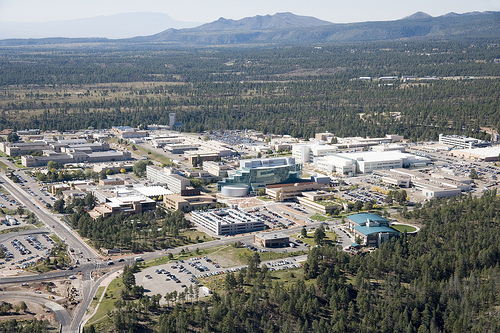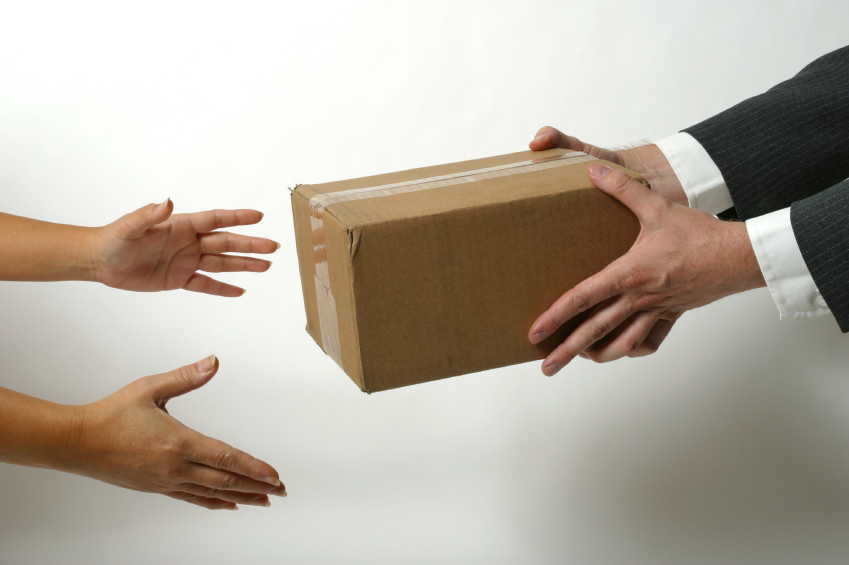Strategic Interagency Work
We facilitate partnerships between the Laboratory, industry, and other institutions through a variety of mechanisms.
|
|
Provides businesses and other non-federal research institution with a specific deliverable. • Test and Evaluation A WFO-NFE agreement is a bilateral contract that enables a non-federal partner to request the Laboratory to perform a defined scope of work or tasks that draw upon the unique capabilities of the Laboratory. While the Department of Energy financially supports the majority of research conducted at the Laboratory, funding from other sources — sponsored research — is growing in importance. Sponsored research is conducted consistent with the Work for Others guidelines established by DOE for national laboratories. |
|
|
Builds on infrastructure and science within a federal agency to address global challenges. • Share knowledge and expertise |
|
|
Enables businesses and industry to engage in research and development collaboration with Los Alamos scientists and engineers. • Technology research, development and deployment A cooperative research and development agreement (CRADA) is an agreement that allows Laboratory staff to work with partners from industry, academia, and/or nonprofit organizations to pursue advanced research and development activities and possible commercialization of intellectual property by the CRADA participant. A CRADA is an excellent mechanism to help Laboratory partners achieve technology developments that might otherwise be impossible to achieve if restricted to the commercial world. U.S. economic competitiveness is enhanced greatly by interactions between the national laboratories and private industry. |
|
|
NDAs protect proprietary information exchanged between parties during initial interactions and discussions between the Laboratory and another party on specific technical areas. There are different types of NDAs: • Bilateral |
|
|
LANL can implement proprietary user facility agreements that allow its partners and other entities to conduct research at many of its unique facilities. While our largest user facilities—by number of users—are the Los Alamos Neutron Science Center (LANSCE), the National High Magnetic Field Laboratory (NHMFL), and the Center for Integrated Nanotechnology (CINT), we have around 30 other LANL facilities that are available to outside users, including scientists and engineers from industry, universities, and government agencies. Users come to LANL to characterize, study, fabricate, calibrate, test, and evaluate new materials, systems, products and processes. In 2011, LANL hosted more than 1,200 users at CINT, LANSCE, and NHMFL. Users came from across the DOE complex, from international academia, and from industrial companies from 45 states across the U.S. |
|
|
An MTA is a contract that governs the transfer of tangible research materials between two organizations when the recipient intends to use the material(s) for his or her own research purposes. |
